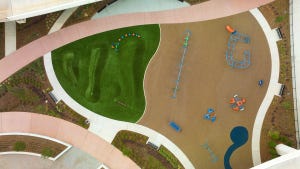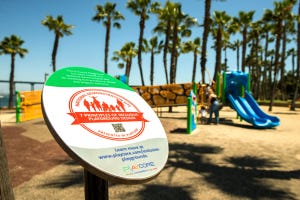Funding the Future
Since 1965, the Land and Water Conservation Fund (LWCF) has protected lands in every U.S. state and funded over 40,000 state and local park projects. In 2018 the congressional provision that funded LWCF expired. Since then there has been much concern over the future of this important federal program. Today, a permanent authorization was signed into law. It is seen by outdoor recreation advocates and landscape architects as a milestone event worth celebrating.
“From Black Rock Sanctuary in Pennsylvania, to North Tangipahoa Parish Park in Louisiana, to Crescent Harbor Playground in Alaska, LWCF gives landscape architects the ability to plan and design parks and recreational facilities that are resilient, beneficial, and beautiful outdoor spaces,” said Nancy Somerville, Hon. ASLA, executive vice president and CEO of the American Society of Landscape Architects. “The permanent authorization of the Land and Water Conservation Fund is an incredible victory for ASLA, our members, and our partners. This critical program will help lead our nation to a healthier, more sustainable future that is accessible for all.”

Crescent Harbor Playground in Sitka, Alaska was made possible, in part, by LWCF
LWCF is one of the only federal programs that provides dedicated funds for local and community parks and recreational facilities. This gives communities access to green spaces while promoting an active and healthy lifestyle. The permanent authorization of LWCF ensures landscape architects, city planners, parks professionals and recreation advocates have the funds needed to complete safe and accessible community plans.
The LWCF provision is part of a bipartisan comprehensive public lands bill renamed the John D. Dingell, Jr. Conservation, Management and Recreation Act, which will protect millions of acres of public lands, provide countless recreation opportunities for the nation, while also creating tourism and economic development benefits.
- Trails (27)
- Schools (180)
- Press Releases (102)
- Playground Funding (3)
- Play Science & Research (62)
- Parks & Recreation (339)
- Outdoor Fitness (138)
- National Demonstration Site (32)
- Landscape Architects (72)
- Inclusive Play (101)
- Daycare and Early Learning (62)
- Custom Play (37)
- College Campus (27)
- Churches (50)
- Challenge Course (30)
- Featured Projects (72)
- Site and Shade (6)





